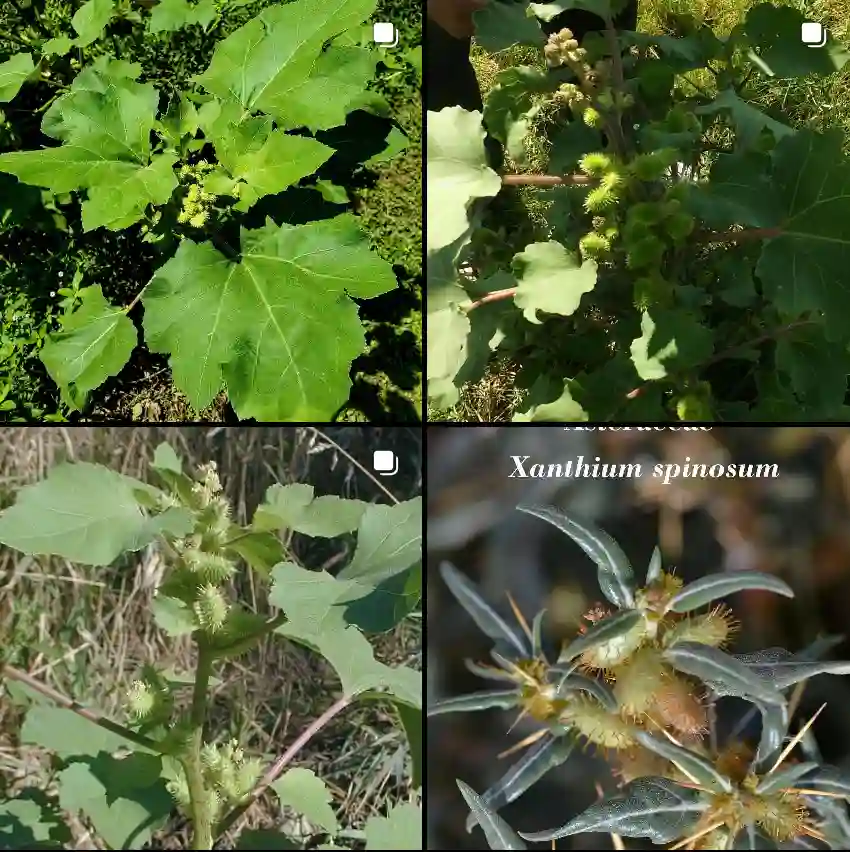June 1 – Saccharum
"Saccharum, the sugarcane plant, defines June 1."
Saccharum symbolizes sweetness and abundance. You have a natural ability to bring joy and comfort to those around you. Like the towering sugarcane, your presence is both nourishing and uplifting, reminding others of the simple pleasures in life.
Saccharum: A Sweet Exploration
My name is Ferb Vu, and today I’m diving deep into the fascinating world of Saccharum, the genus of plants that gives us one of the world’s most important sweeteners: sugar. While most people simply enjoy the sweet taste of sugar in their tea or coffee, I’ve always been curious about the source of this everyday delight. Join me as we explore this vital genus, its diverse species, and its significance in our world.
What is Saccharum?
Saccharum belongs to the Poaceae family, more commonly known as grasses. These aren’t the grasses you see in your backyard, though. We’re talking about tall, perennial plants with sturdy stalks that are rich in sucrose. Think bamboo, but sweeter. These stalks, known as canes, can reach impressive heights, sometimes towering over six meters!
The genus is native to tropical and subtropical regions of Asia, but thanks to human cultivation, it’s now found across the globe. This widespread cultivation is driven by the high sugar content found within the stalks, making Saccharum a cornerstone of the global sugar industry.
Species within the Saccharum Genus
While Saccharum officinarum is the star of the show, responsible for most of the world’s sugar production, it’s not alone. The Saccharum genus boasts a variety of species, each with unique characteristics:
- Saccharum spontaneum: This wild species is known for its resilience and adaptability. It’s often found in diverse habitats, from riverbanks to roadsides. While not as sweet as its cultivated cousin, S. spontaneum plays a crucial role in breeding programs, contributing genes for disease resistance and hardiness.
- Saccharum robustum: Native to New Guinea, this species is a giant among grasses, reaching heights of up to ten meters! While not a major source of sugar itself, S. robustum has been used in breeding programs to improve the vigor and yield of cultivated sugarcane.
- Saccharum sinense: Originating in China, this species is known for its thin stalks and relatively high sugar content. It has been used in breeding programs to improve the quality of sugarcane.
- Saccharum beccarii (Stapf) Cope
- Saccharum filifolium Steud.
- Saccharum formosanum (Stapf) Ohwi
- Saccharum griffithii Munro ex Aitch.
- Saccharum kajkaiense (Melderis) Melderis
- Saccharum longesetosum (Andersson) V.Naray. ex Bor
- Saccharum maximum (Brongn.) Trin.
- Saccharum officinarum L.
- Saccharum sikkimense (Hook.f.) V.Naray. ex Bor
- Saccharum stewartii Rajesw., R.R.Rao & Arti Garg
- Saccharum velutinum (Holttum) Cope
- Saccharum wardii (Bor) Bor ex Cope
- Saccharum williamsii (Bor) Bor ex Cope
The Importance of Saccharum
Saccharum, particularly S. officinarum, is a vital crop with a significant impact on the global economy. Sugar is a major commodity, used not only as a sweetener but also in the production of biofuels and other industrial products. The cultivation and processing of sugarcane provide livelihoods for millions of people worldwide, particularly in developing countries.
However, the Saccharum industry also faces challenges. Environmental concerns, such as deforestation and water usage, are pressing issues. Additionally, the industry has a complex history, intertwined with colonialism and labor exploitation. It’s crucial to address these challenges to ensure a sustainable and ethical future for Saccharum cultivation.
Beyond Sugar: Exploring the Potential of Saccharum
While sugar is undoubtedly the most well-known product of Saccharum, the plant has much more to offer. Researchers are exploring its potential for biofuel production, using the fibrous residue, known as bagasse, as a sustainable energy source. Additionally, Saccharum leaves and tops can be used as animal feed or for composting, further maximizing the plant’s value.
The future of Saccharum lies in innovation and diversification. By exploring new uses and sustainable practices, we can ensure that this remarkable genus continues to benefit humanity for generations to come.
Conclusion
From the familiar sweetness in our kitchens to the potential for renewable energy, Saccharum is a genus with a profound impact on our world. By understanding its diversity, recognizing its importance, and addressing the challenges it faces, we can appreciate the true value of this remarkable plant. As I continue to explore the world of Saccharum, I’m excited to see what the future holds for this sweet and versatile genus.
If i die, water my plants!



